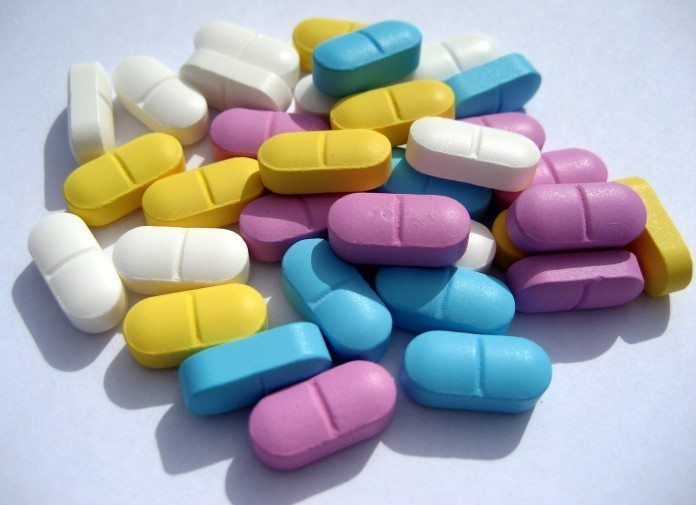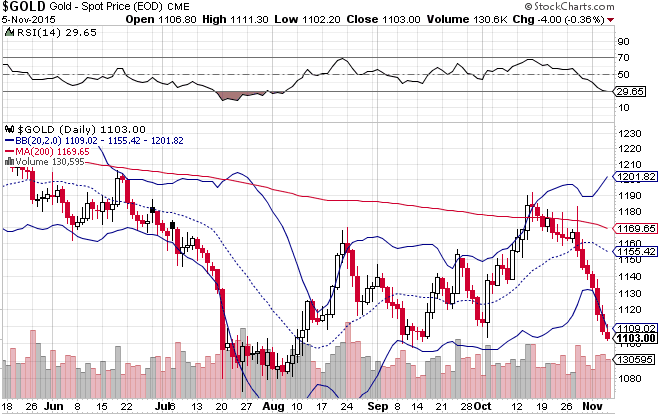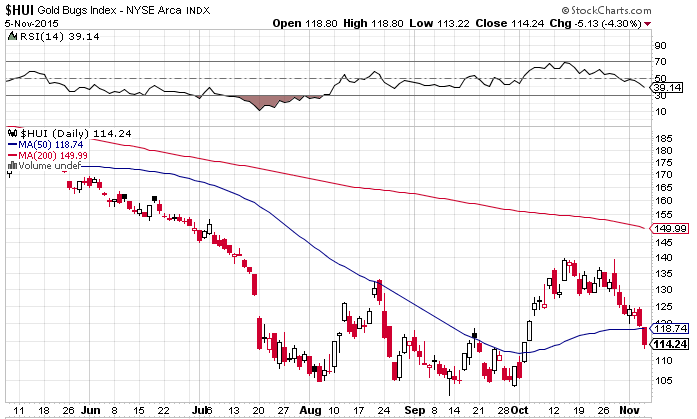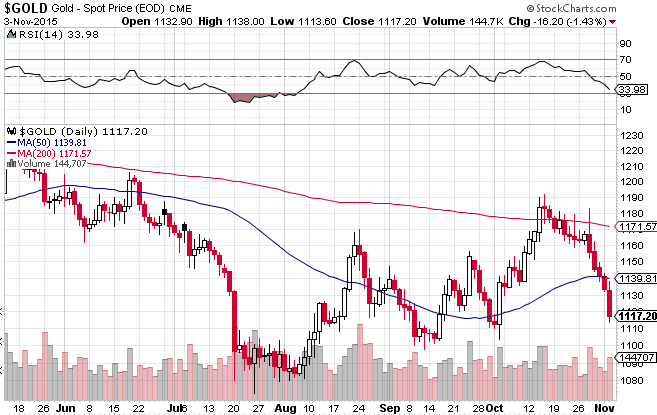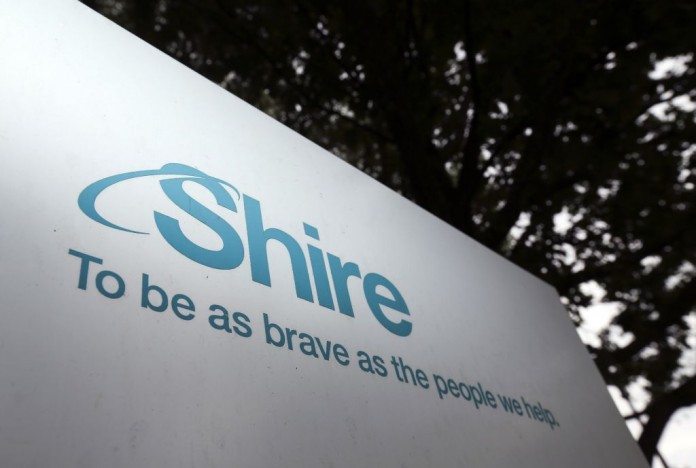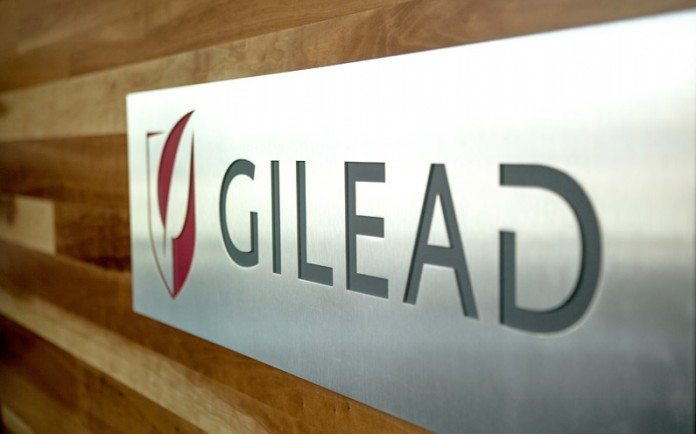Post market close on Monday, we learnt that Astellas Pharma, Inc. (OTCMKTS:ALPMY) had entered into a material definitive agreement with Ocata Therapeutics, Inc. (NASDAQ:OCAT) that will see the former acquire the latter at $8.50 a share – a more than 90% tender offer premium on Ocata’s last close. As far as tender offers go, this is a pretty substantial premium, and with unanimous board member agreement across both companies’ boards, Astellas should have no problem bringing Ocata’s shareholders on board within the tender period. Even at a time when we are breaking all sorts of takeover records in biotech, 90% looks like a high price to pay. This begs the question, why is Astellas willing to pay such a high premium for Ocata? Let’s have a look at Ocata and see if we can get to the bottom of it.
Ocata is a development stage biotech (market cap pre-announcement circa $190 million) with a pipeline that targets primarily ophthalmic indications. More specifically, it uses stem cells to regenerate certain elements of the human eye; the deterioration of which cause the indication each therapy targets. The company’s pipeline targets six separate conditions, but its two lead indication are Stargardt’s disease (SD) and dry age-related macular degeneration (AMD). Ocata is targeting these two conditions with the same therapy – what’s called retinal pigment epithelial (RPE) therapy. At least near term, this therapy is the asset that likely drove Astellas’ decision.
The RPE is a key layer at the back of the eye that performs a range of functions, but to simplify its necessity, it basically feeds the photoreceptors; photoreceptors have no blood supply, so the RPE is necessary to keep them nourished. Degeneration of the RPE is pretty common in old age, and as the RPE degenerates, photoreceptors die. This leads to sight deterioration and eventually, blindness. AMD is the deterioration of the RPE in the older population, while SD is a similar degeneration in younger patients.
Ocata harvests stem cells from what is called a pluripotent source (basically these are cells that can form into any type of cell on maturity – embryonic cells, in other words) and transplants them into the RPE of a patient. These cells then mature into RPE cells, and the RPE regenerates; or at least this is what Ocata is trying to prove in trials.
There are no approved, useful therapeutics available for either condition on the market at the moment, meaning if Ocata get can its therapy approved it could very quickly expose itself to a multi billion-dollar market in the US alone.
So on that note, where are we in trials? Well, we have seen promising results from a phase I in both indications, and the company is actively enrolling in a phase II as we speak. Ocata reported the first patient enrolled in its AMD indication in September this year, and a phase II in SD is due to start recruiting before the end of the year. This means we could have data from the first cohort of the AMD indication before the end of the second quarter of next year – a real potential upside catalyst for what will likely be than an Astellas run trial.
And there we have it. Astellas has paid a premium for a company that looks to be leading the way in stem cell therapy (something that many of the bigger players have been reluctant to get into by way of ethical uncertainty) for two indications that – if efficacy can be proven – could each be a blockbuster revenue generator in their own right. Yes, $379 million for a $190 million company looks expensive now, but if topline from the phase II AMD shows efficacy it might look cheap a year from now.
Of course, the deal remains open until closing. If Ocata shareholders don’t accept the tender premium during the offer period, or if antitrust gets in the way, then things may never come to fruition. From our perspective, we don’t see either the former or the latter being an issue, but you never know. The tender offer period is scheduled for on or around November 25th, so we’ve not got long to wait until we find out – watch this space.



